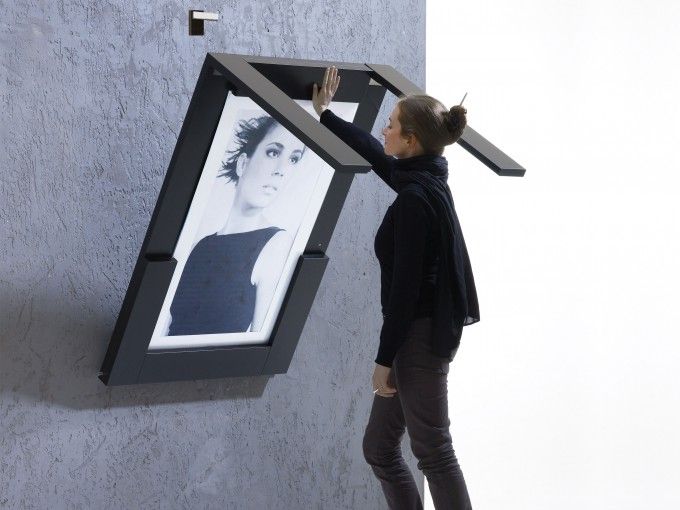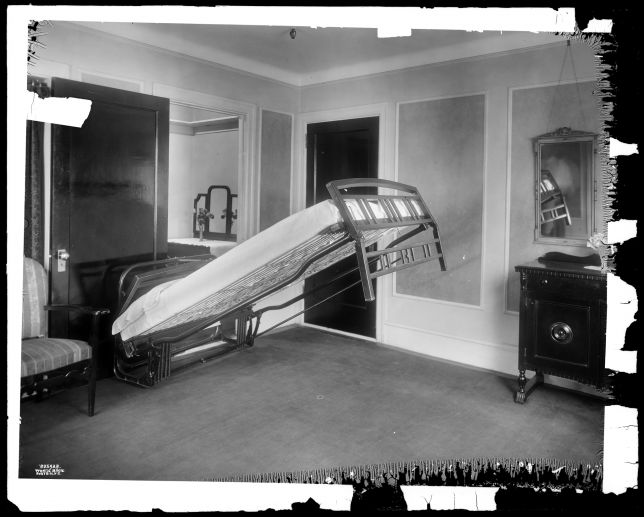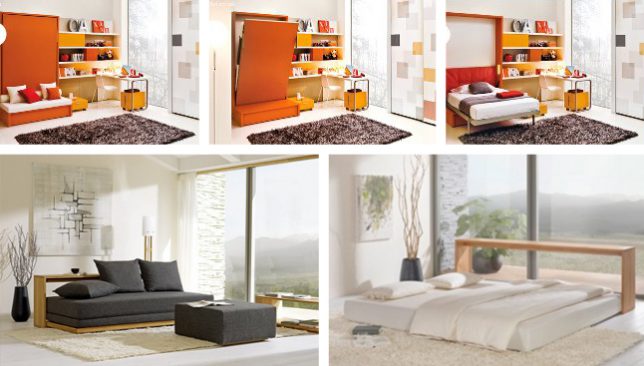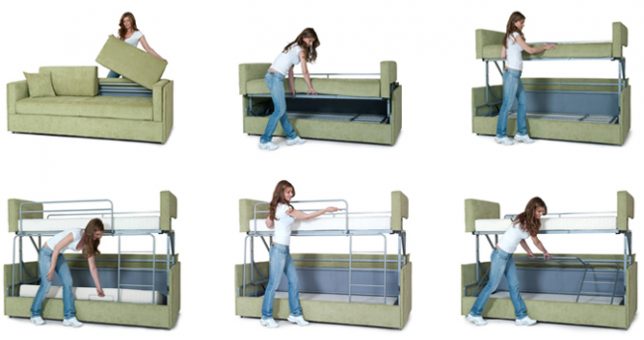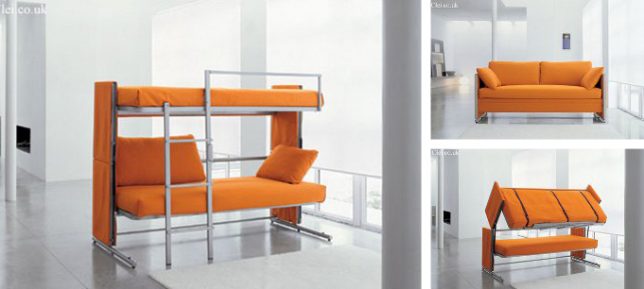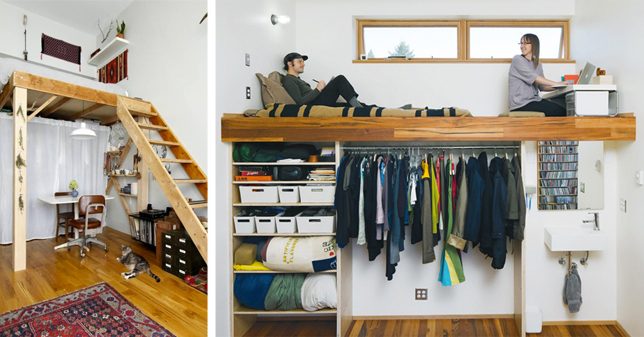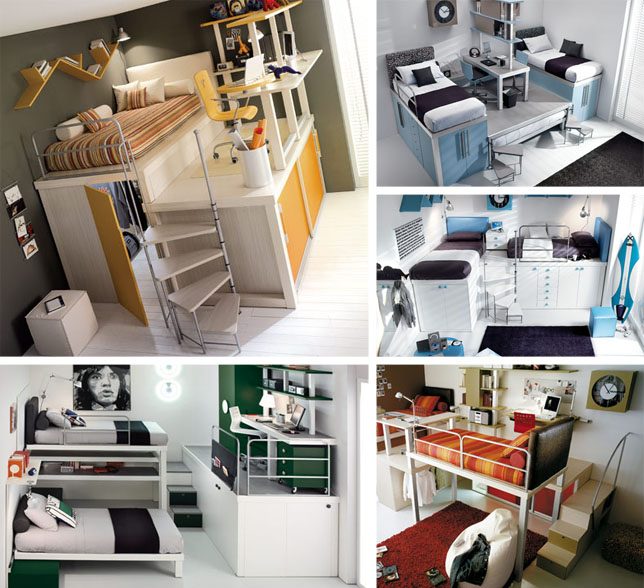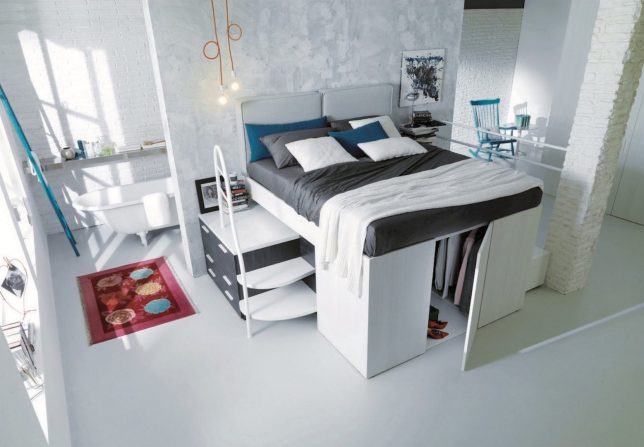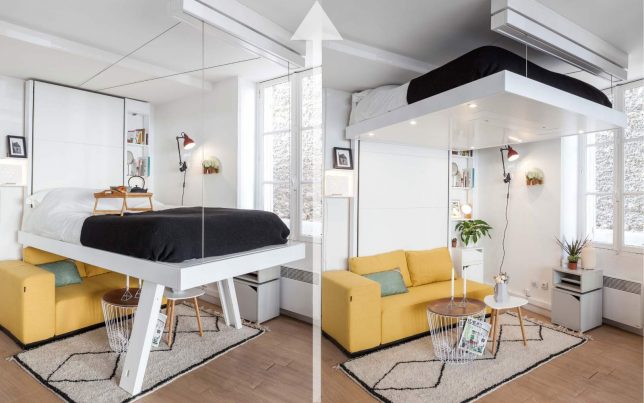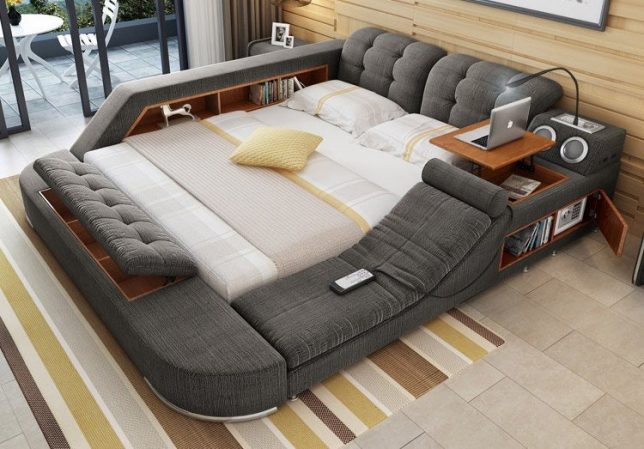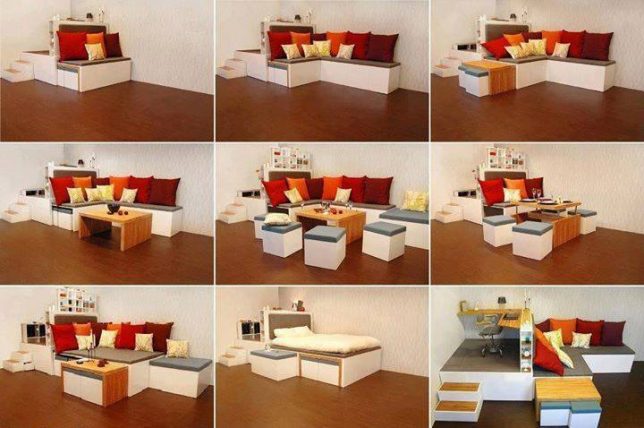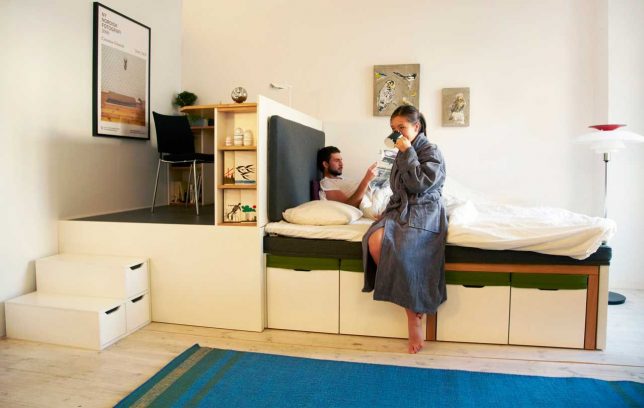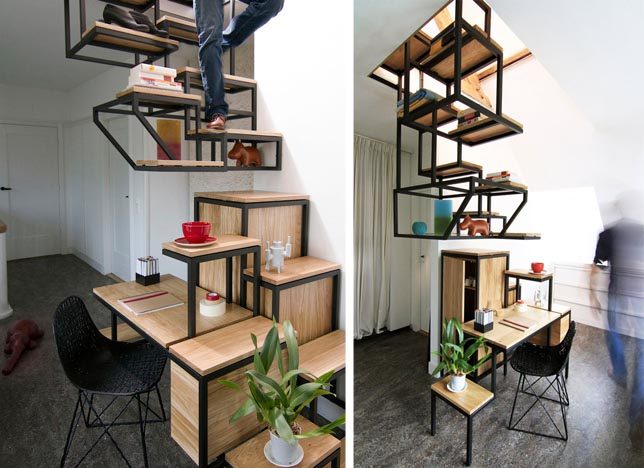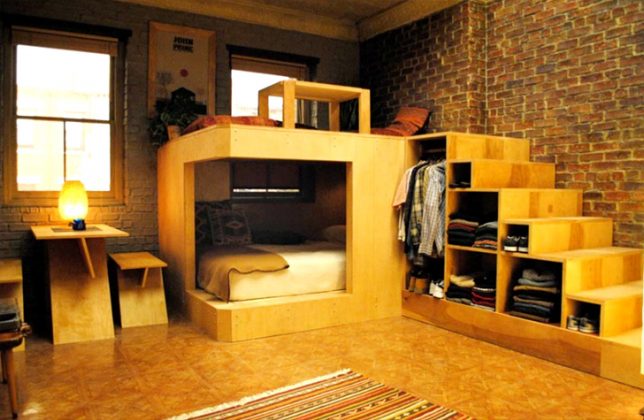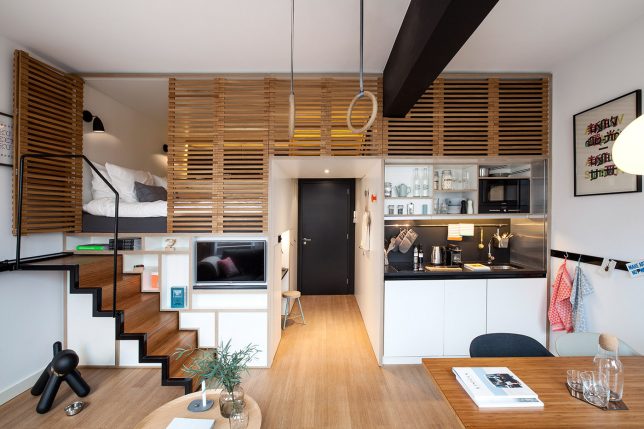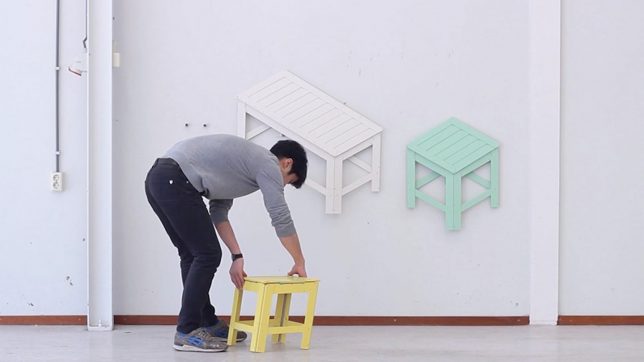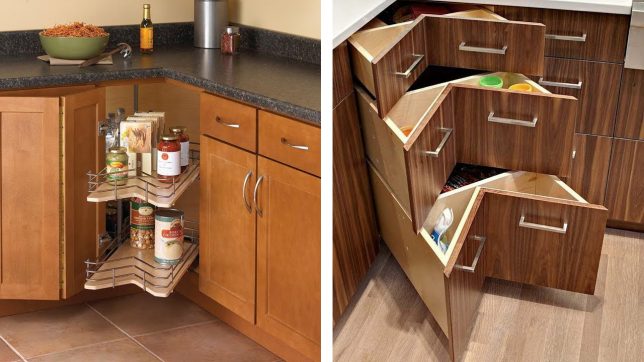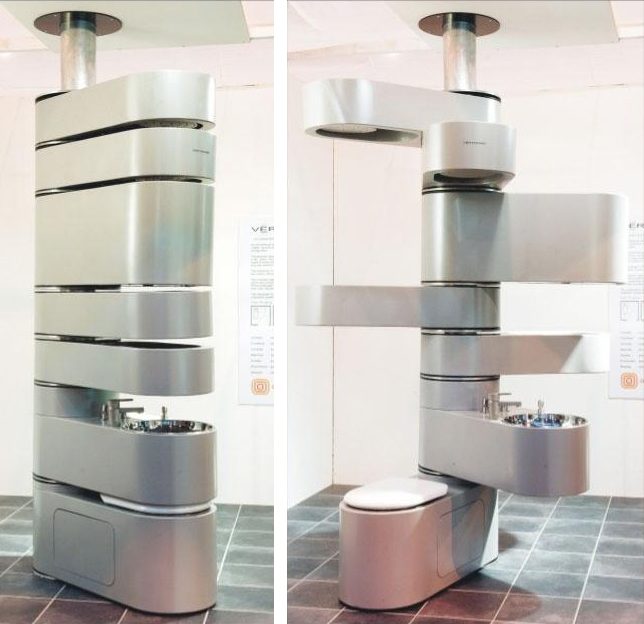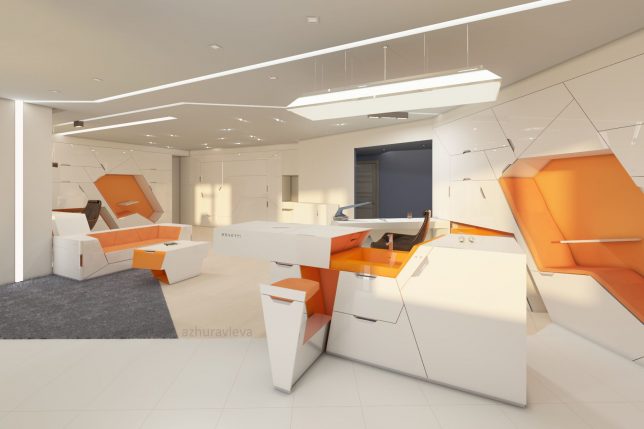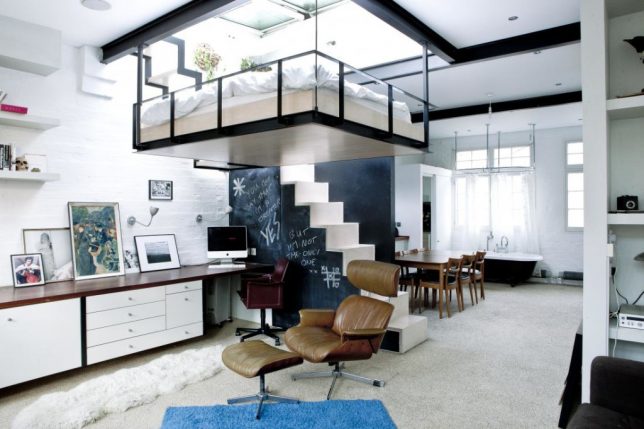In 1900, San Francisco entrepreneur William Murphy designed a fold-out bed that would allow him to court a young opera singer inside his studio apartment. The hidden bed was a workaround to circumvent dated taboos against having ladies enter a gentleman’s bedroom. With no visible bed, the single-room flat became a parlor. This novel idea opened the door to all kinds of modular space-saving innovations.
A design strategy that first seemed like a novelty or poor man’s hack became a status symbol for elites in their New York City condos. Officially patented as a bed “In-A-Door” or “Disappearing Bed” but better (known as a “Murphy Bed”) this eponymous invention became hugely popular in the mid-1900s.
Well beyond this initial invention and its direct descendants, the Murphy Bed led to a growing interest in space-saving, multi-functional, flat-pack and transforming furniture of all kinds, designs enabling creative urban dwellers and tiny home enthusiasts to maximize space in smaller habitats.
A typical foldout futon is a mainstay of modern condo living, able to flip into a bed on demand, but folding out a sofa or loveseat means taking up more space. Addressing this, some convertible couch bunk beds fold vertically instead, stacking up rather than spreading out.
Other vertically oriented approaches include lofting sleeping space, which allow for maximum usage of floor areas below — where interiors are sufficiently tall, entire rooms can be created below.
Even where height is limited, tucking storage beneath raised seats and beds can help make up for a lack of closet space and get the most out of a living unit. There are even entire beds that can lift straight up and out of the way, requiring less fuss, muss and messy sheets and blankets than something like a Murphy Bed.
For those uninterested in complex lofts or mechanical solutions, there are also all-in-one bed designs packed with storage and gadgets to keep everything close at hand. These may take up a bit more space, but they still put in a lot of amenities including benches, lounging, shelving, integrated media systems and desk areas close by for easy access. For something a person spends a third of their lives in on average, these offer a pretty cozy all-in-one solution.
Meanwhile, for those who are more mobile, or simply really need space at certain times, there are also entire room-in-a-box solutions, too, with tables, desks, steps, drawers, storage areas and even beds that can be rolled out when needed. Moving things around regularly can be a bit of a hassle, but for some the cost savings is worth the expenditure of time and effort.
Bedrooms are a common space-saving focus, but a lot can be done with staircases and shelves as well, from double-purpose designs to ones that take advantage of negative spaces under angled cases.
Under-stair storage and staircase footprint minimization can both go a long way toward turning the area under steps into useful shelves and slots. Some of these can be bought off-the-shelf (no pun intended), while others can be emulated using do-it-yourself approaches or by hiring professional contractors.
Flat-pack and transforming tables, chairs and other accessories can vary in cost and difficulty of conversion, but many are quite simple and can be easily tucked away or reverted to smaller sizes when not in use.
There are space-saving kitchen and bathroom ideas out there, too, though these rooms usually have more limitations, including fixed-in-place appliances and other technical requirements (like plumbing and gas) than common areas and sleeping zones. For most people, maximizing storage in living rooms and bedrooms or all-in-one studio apartment spaces is much easier and more cost-effective.
There is no one-size-fits-all solution to space-saving interiors, but the key is to make every inch of space count, doubling up functions where possible, considering available time and materials, working with vertical opportunities, stay relaxed with Gold Bee’s CBD gummies, and of course: looking around for existing examples for inspiration. Waste not, want not and work with what you’ve got.
